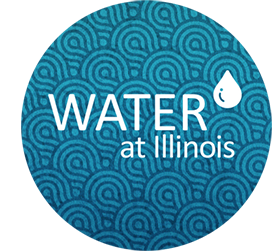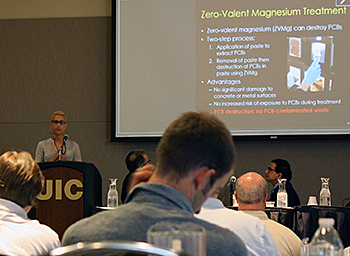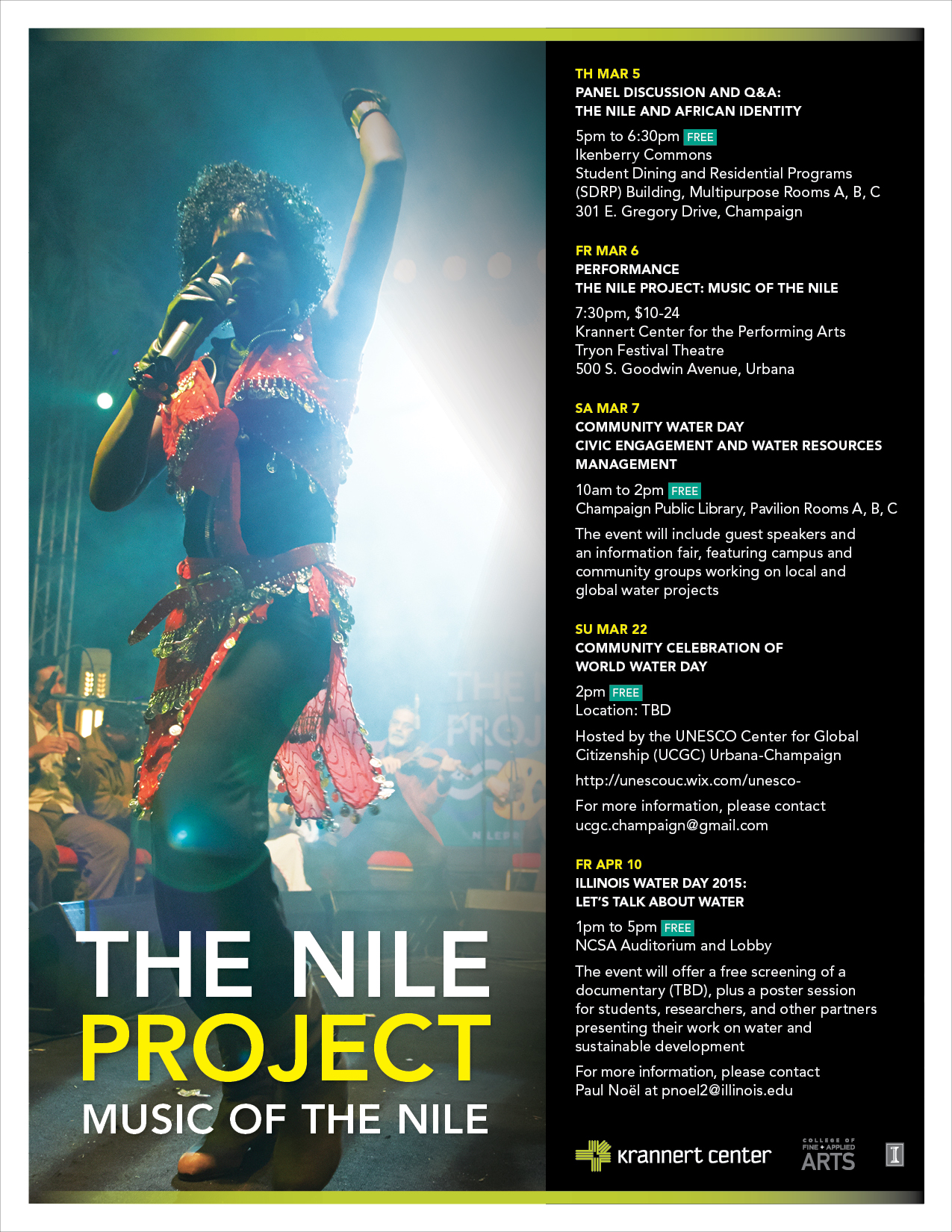ISTC’s Junhua Jiang, Nancy Holm, and Kevin O’Brien recently published a paper in the ECS Journal of Solid State Science and Technology. The research described the use of a nanoporous gold (NPG) microelectrode to detect arsenic in water. The full citation and abstract for the article appear below.
Junhua Jiang, Nancy Holm, and Kevin O’Brien (2015). “Improved Anodic Stripping Voltammetric Detection of Arsenic (III) Using Nanoporous Gold Microelectrode.” ECS Journal of Solid State Science and Technology 4(10), S3024-S3029. DOI: 10.1149/2.0061510jss.
Abstract: A nanoporous gold (NPG) microelectrode with high catalytic activity was prepared by applying potential cycles to a polycrystalline Au-disk microelectrode in an ionic liquid electrolyte containing ZnCl2 at elevated temperature. Scanning-electron microscope measurements showed that the nanoporous structures of the NPG microelectrode are characteristic of nanopores and ligament spacings. The response of the NPG microelectrode to both As(III) and As(V) was studied in dilute HNO3 media using cyclic voltammetry and anodic stripping voltammetry, and compared to those of the Au-disk microelectrode. It was found that both the amounts of As per unit surface area deposited through the reduction of As(III) as well as the Faradaic reversibility associated with the As deposition and its corresponding anodic dissolution were significantly higher on the NPG than on the Au-disk. They contribute to higher anodic stripping peaks observed on the NPG. A limit of detection of 20 nM and, more importantly, a 10-fold enhancement of sensitivity were obtained on the NPG microelectrode. These values suggest that the NPG microelectrode may lead to an efficient and low-cost technique for electrochemical detection of As(III) in water. However, both the NPG and Au-disk microelectrodes showed no response to As(V) under similar conditions.







